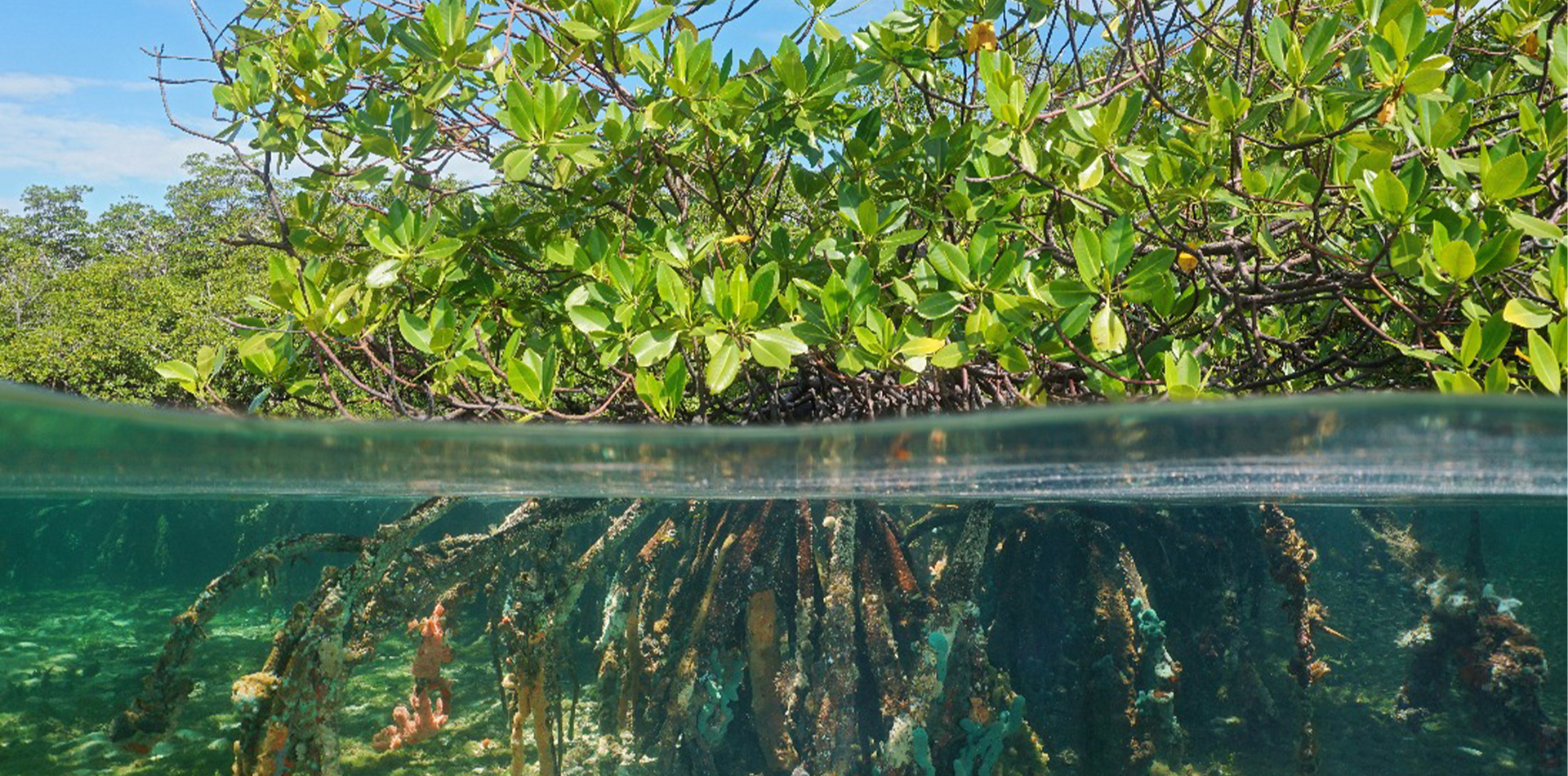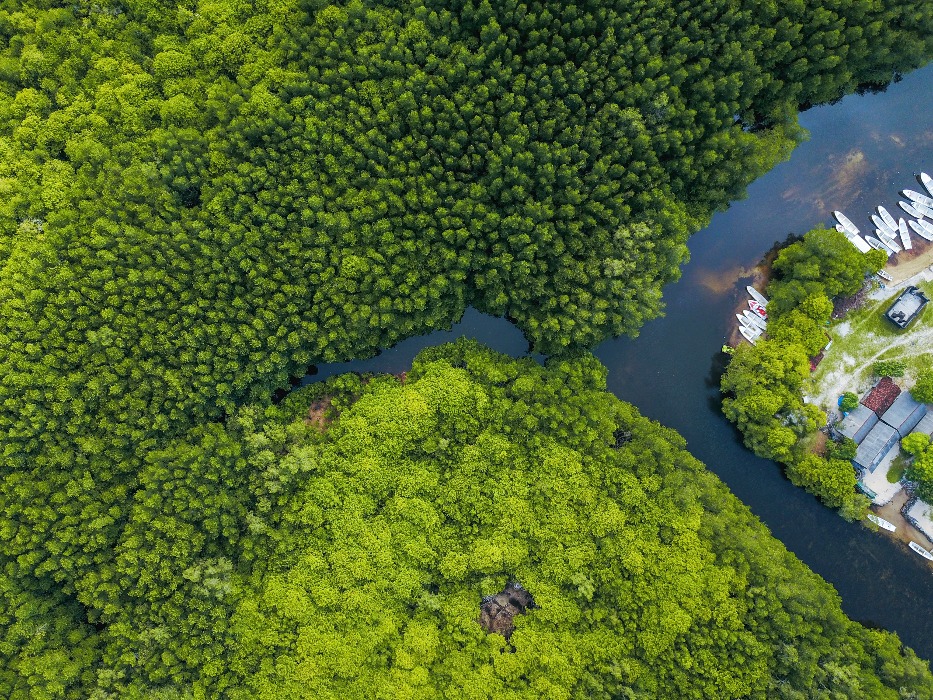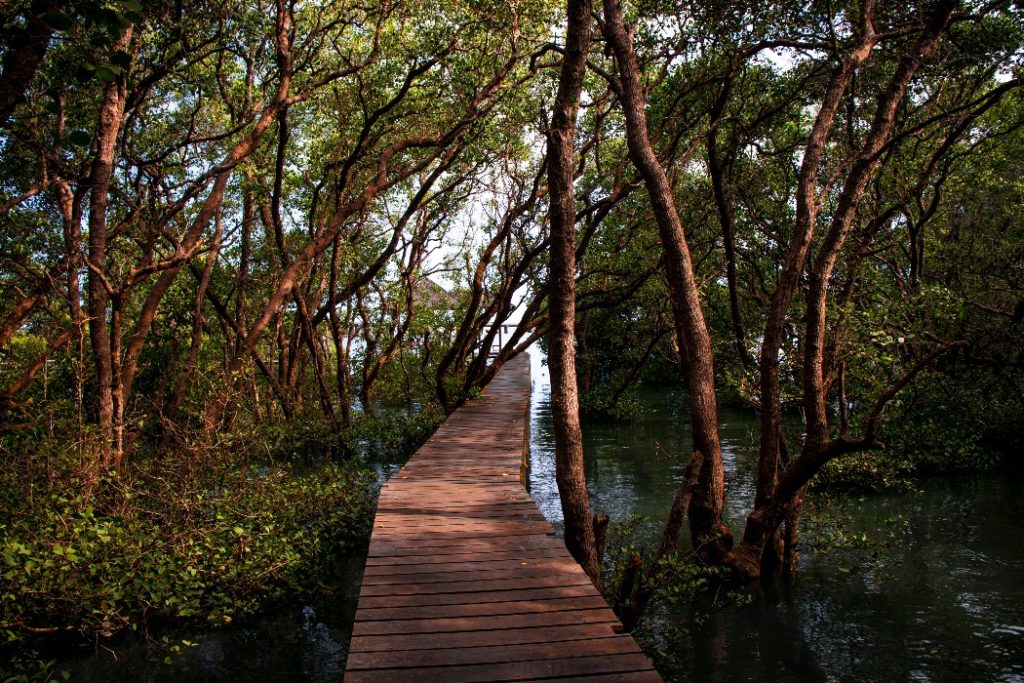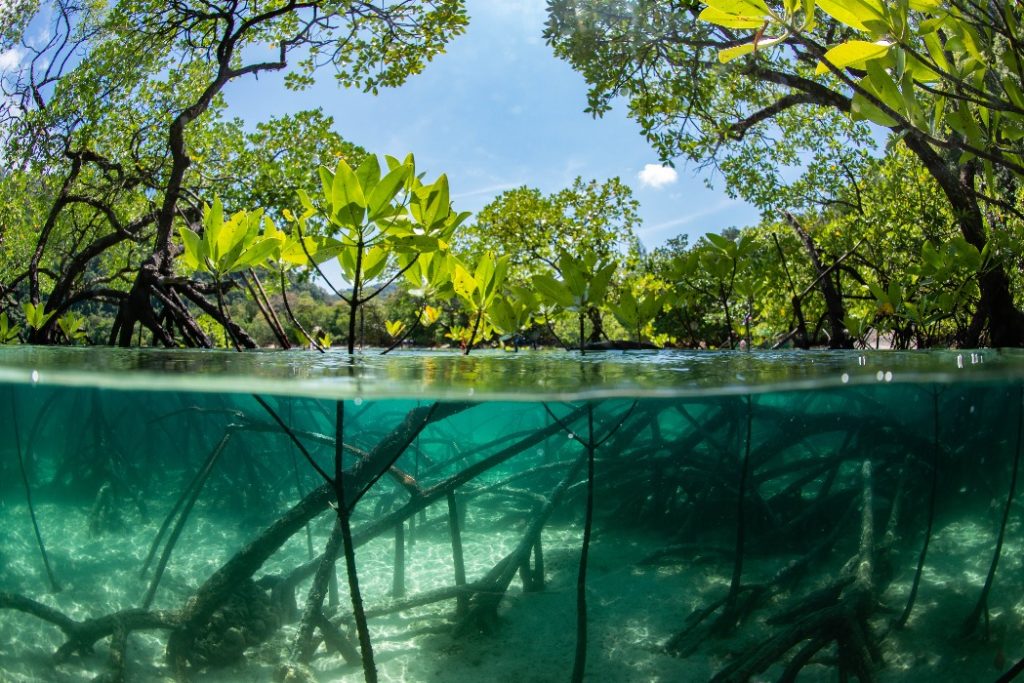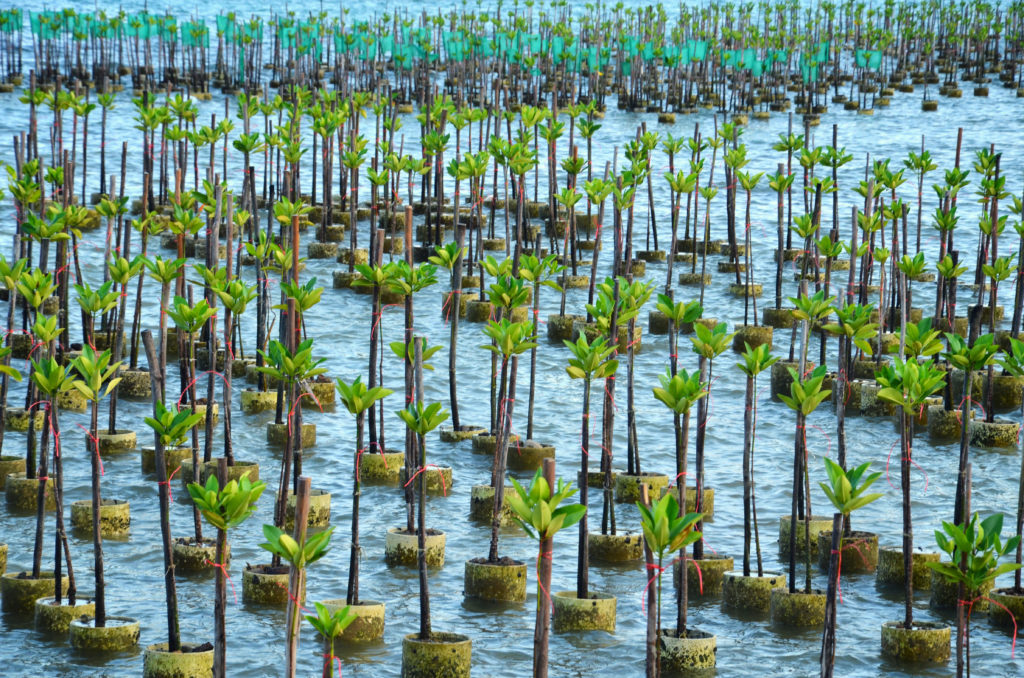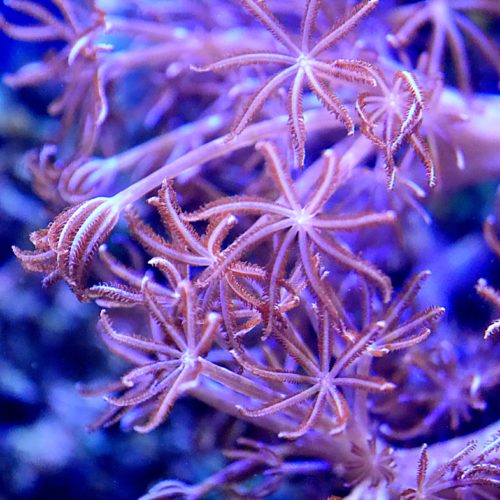Restoration
After the Indian Ocean tsunami, many governments looked to mangrove restoration projects to protect coastlines for the future. However, many of these efforts failed for reasons such as planting the wrong species, unsuitable for the specific level of salinity, wave exposure and submergence.
Since this discovery, there has been a shift to a more holistic approach, taking consideration of the mangrove beds as an entire ecological unit. To make the system more resilient planting a mixture of natural species, ages and root types is required. As a consequence, a more diverse range of fruit, fodder and timber is produced, benefitting all stakeholders.
In general, researchers agree that to save these habitats, policies enacted and enforced by governments in isolation are not enough. For mangrove protection and restoration to be effective, engagement and commitment from local communities is essential. One initiative involves locals in data collection for citizen science projects which can then be assessed for protective area planning, natural resource monitoring and threat to disease. These types of approaches have been met with increased enthusiasm towards restoration and offer hope for the future.



